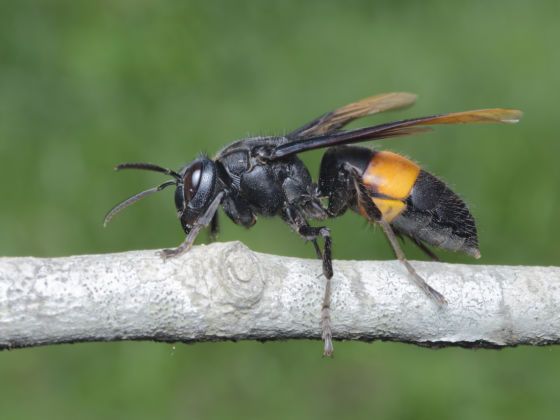1. Belize – Human Botfly
The human botfly, which inhabits the Americas between Mexico and northern Chile, attaches its eggs to the underside of mosquitoes or flies. When the mosquito lands on the skin of a pig, a dog, or — god forbid — your neck, the eggs hatch, sending the larvae burrowing down into your skin, where they grow and feast on your flesh before finally dropping out to pupate several weeks later.
Thankfully, the larvae don’t penetrate deep enough to cause significant damage, unless you count psychological trauma.
How to avoid them: When traveling through affected areas, be sure to use plenty of mosquito repellent. If you know you’ll be outside in an area with flying pests, wear protective clothing. See a doctor if you notice any bites on your body that don’t seem to heal, especially if they’re accompanied by intermittent pain that gradually worsens…or the prairie-dogging head of an insect larva.
